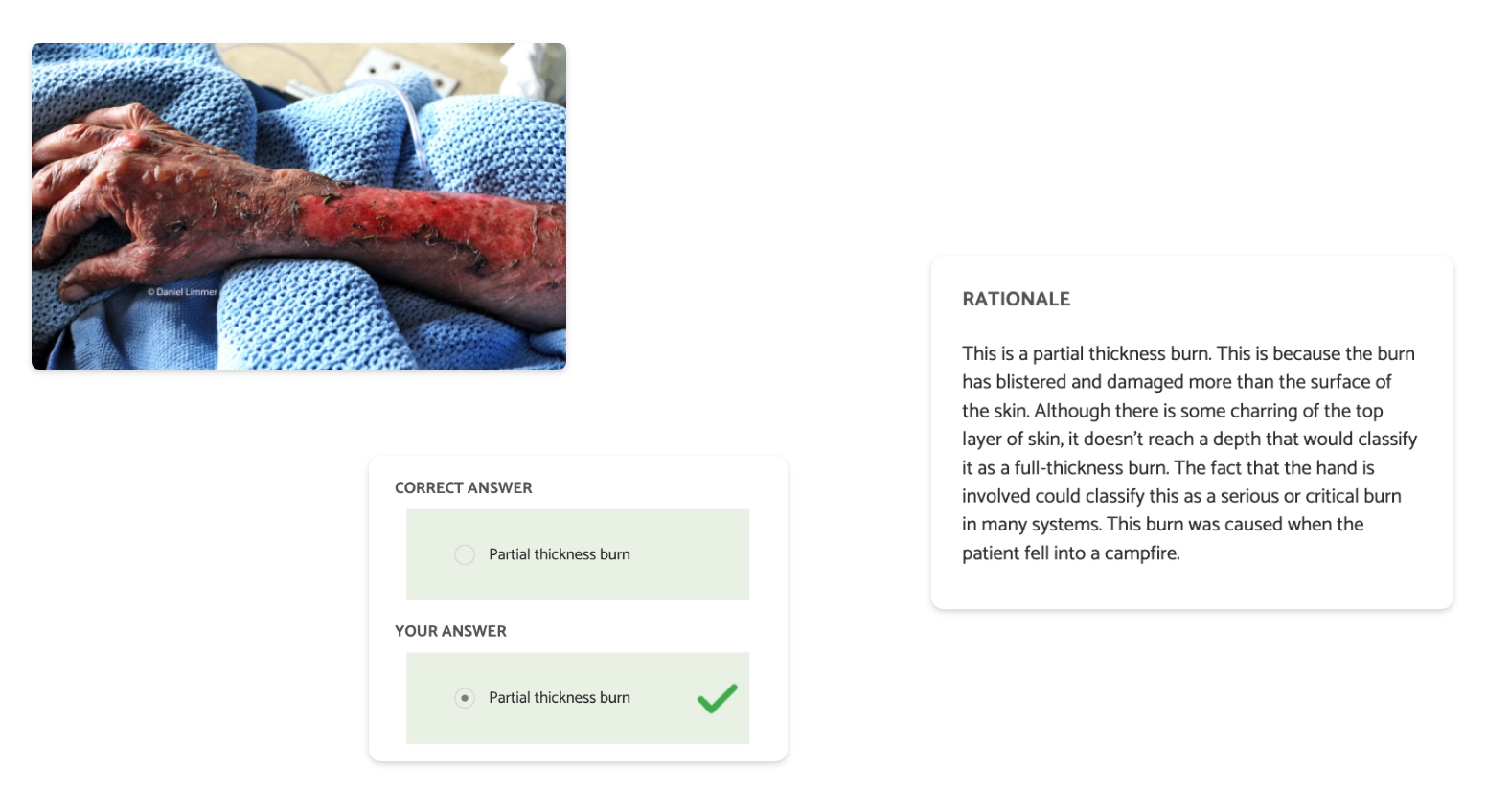

Trusted Education for the Future of EMS
NREMT prep and classroom solutions that build better providers.
The Limmer Advantage








Made by NREMT Experts
Clinical Depth
From Class to Field and Beyond




NREMT Success
Help students succeed on their exams. Our apps focus on critical thinking, pattern recognition and pathophysiology.
Get startedAfter using your products and learning how to attack and understand questions I felt more confident than ever. The material you offer is amazing! It helped me to finally pass my NREMT! – Trevor D.
Educator Tools
We’re here to help you create a more dynamic, inspiring, and productive classroom.
Get startedI recommend Limmer resources to all my students. The pass rates are much higher and students have shown to be more efficient and effective in the field as a result. – Scott Stephens
Knowledge & Application
Our NREMT remediation courses help users pass… and give them relevant, deep understanding. 24-hr. EMT / 36-hr. AEMT
Get startedMy saving grace! I completed your online remediation and went in to take my third attempt and passed! Thank you!! – Sidney F.
CAPCE Approved
The 7 Things EMS podcast provides fluff-free, boredom-free CE for a variety of topics, from education to toxicology.
Get startedThank you for this podcast. I have learned so much and love that I can get CE for listening. – Julie R.

Find Your Match
We have a wide variety of apps for all different stages of your EMS education.
Use our product finderFrom our EMS Articles
Loved by EMS Students, Educators and Institutions
-
-
I took and passed my NREMT (1st try). I'm pretty sure EMTReview.com had a lot to do with that. Reading the rationale in all the practice/review test questions really helped, so THANK YOU.
Brian MenearEMT -
I learned so much and believe [EMTReview.com] is the reason I passed. I bought another app and... got yours thinking what the heck, can't hurt to study more, your app blew the other one away. Thank you Thank you Thank you! Please post this review all over your site, God Bless you and the work you do.
D.EMT
-
-
-
You guys have the absolute BEST customer service!
Cindy W.EMT-P Dept. Head -
Students indicated that question verbiage, format and style presented in the [EMT PASS] app mimicked those on the NREMT exam and thus helped them successfully pass! As a result, we've purchased access to the app for all our current EMT students.
Marina ProektorEMT Program Director
-
-
-
I have again successfully recertified by exam as an EMT by using your study resource. I felt well prepared for the exam and was only asked 70 questions.
Jim CoffeyEMT -
I finally passed my test (fourth time taking it) and it was all to this [EMT Remediation] class. I realized that I knew the material well, but I did not know how to answer the questions properly. Also a lot of what I learned was not up to date compared to this class. So thank you so much for this as it was the reason I was finally able to successfully pass.
Nolan RademakerEMT
-




